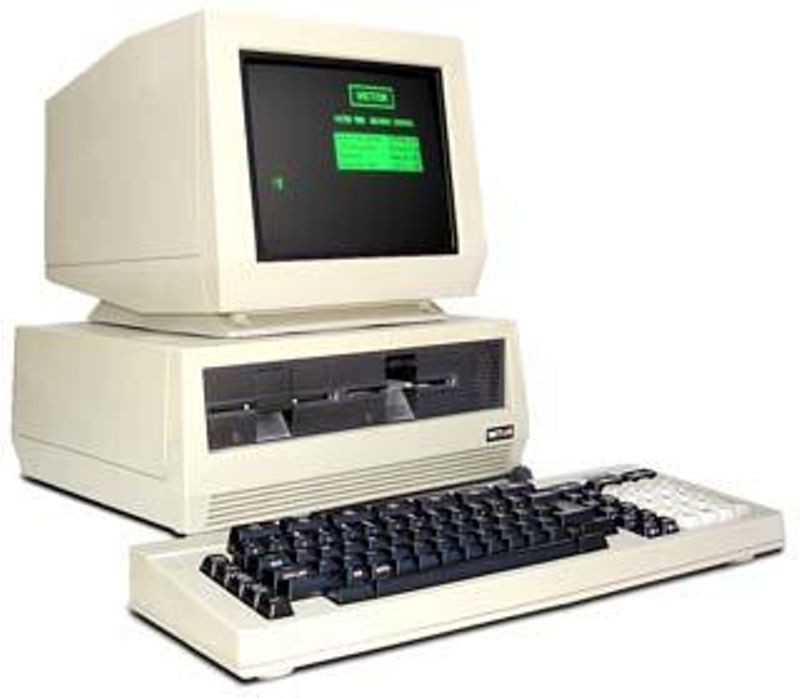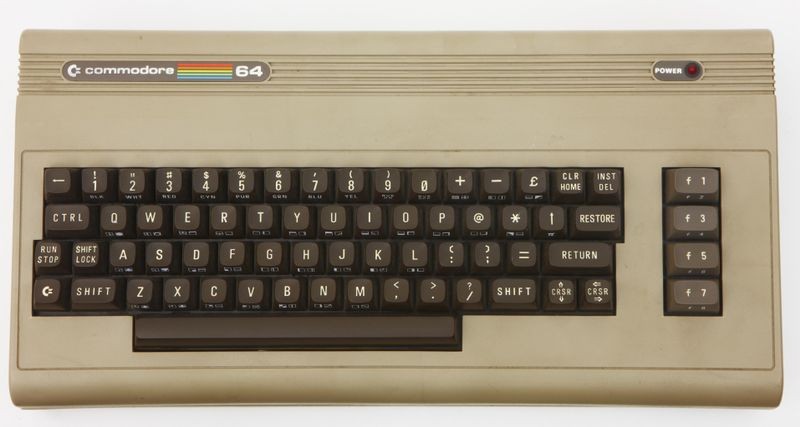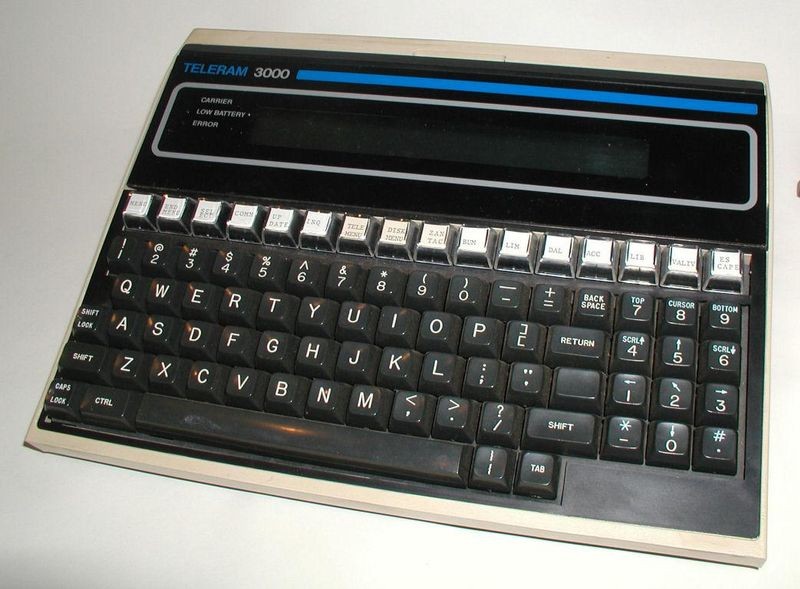
This is the second of five video releases of The Boston Computer Society (BCS) General Meetings, by the Computer History Museum (CHM). Be sure to check out CHM’s playlist of BCS videos here and learn more about BCS on @CHM.
There was a lot happening in the personal computer industry in 1982. The hobbyist computers of the mid-70s (Altair, IMSAI, SWTPC) had all but vanished, and a new generation of consumer-friendly, easier-to-use machines had taken their place (Apple, Radio Shack, Commodore). Now, this group was about to be upended by a major new development. Months earlier, in late 1981, IBM had entered the arena with its IBM PC. While opinions varied about the IBM PC, virtually everyone agreed on one thing: The business market for personal computers would never be the same because of it. With IBM’s deep corporate relationships and gold-standard reputation, personal computers were moving into the mainstream of business IT departments. If you’re not IBM and it is 1982, what do you do? The BCS’s 1982 General Meetings zeroed in on three distinct directions:

Image: PC A Day
In this video, Digital’s Avram Miller introduces the company’s entry into the PC business market: The Rainbow 100 and 300. He describes Digital’s PCs as “doing what’s been done before but with higher quality and better price performance.” These were sharp-looking IBM clones, but didn’t run MS-DOS applications (like 1-2-3).

Victor 9000 Image: The Atlantic
The renowned inventor of the Commodore PET and 6502 processor, Chuck Peddle, shares the rigorous thinking behind what he defines as a “third-generation computer” that will set a higher standard for business than IBM’s PC. The Victor 9000 became the top seller in Europe. Peddle would argue that the Victor 9000 was better optimized for business than the IBM PC, but it couldn’t compete against IBM’s reputation and service in the US. Peddle also provides a fascinating history of the thinking behind the 6502 (on which Apple was built) and the Commodore PET. Little known to many, Commodore came close to acquiring Apple in the late 1970s. Peddle describes how his views conflicted with Apple’s founders about how all-in-one computers should be designed.

Rod Canion, Co-founder of Compaq Image: © Louis Fabian Bachrach
The soft-spoken CEO of a brand-new startup called Compaq came to the BCS in December with an entirely different approach. Rod Canion and his colleagues created Compaq in 1982 with a key insight: Business users of PCs want to be able to carry their work home. Equally important is that what gets carried home must be 100 percent compatible with work systems. Canion’s team became the first ever to reverse-engineer the IBM PC legally. The result was the Compaq Portable: a 100 percent IBM-compatible machine for mobile professionals. The Compaq Portable was so successful that it eventually vaulted Compaq to become the #2 brand of business personal computers after IBM. Compaq led the industry of IBM-compatible systems and was its largest producer well into the 1990s.

Commodore 64 Image: © Mark Richards
Commodore had pioneered the all-in-one home computer in 1977 with its friendly, affordable PET. By 1982, the home computer market had become dominated with more expensive, more powerful machines from companies like Apple, IBM, and Atari. The entry point for fully configured home PCs in 1982 was between $1,000 and $1,200. Commodore saw an opportunity to redefine the low-cost 8-bit home computer with a system that matched the power of high-priced home computers but at a much more aggressive price point. The Commodore 64 used a combination of processing technologies (including multiple central processors), custom semiconductors, and trim packaging to redefine price/performance for the home computer. The C-64 retailed for $595. Commodore’s Bruce Downing shares the development of the product with BCS members and the array of application software it enabled. That same night, Software Arts also introduced VisiCalc for the Commodore 64. The Commodore 64 was a runaway success. From 1983–1986, it outsold PC compatibles and Apple products. It is listed in the Guinness World Records as the highest-selling single computer of all time, estimated at 10 to 17 million units sold.

Teleram 3000 Image: vintagecomputer.net
While hardware titans like IBM, Apple, Compaq and Commodore battled to define the platform standards for personal computers in 1982, much of the industry was working on solutions for narrower, more specific business problems. At the August BCS meeting, Software Arts founder Dan Bricklin introduced their much-anticipated follow-on to VisiCalc. (VisiCalc was Bricklin’s first creation, which was the top-selling application software of all time.) Software Arts’ new product was called TK!Solver. TK!Solver established a new category of application software for solving advanced engineering and scientific problems. That same night Herb Feinstein from Teleram presented the Teleram 3000, a 3-inch-thick notebook computer running CP/M. The Teleram was designed for specialized sales and technical applications that required some of the power of a desktop computer to fit into a briefcase.
Outside of the personal computer industry, 1982 was also a turning point in public awareness of personal computing. For the first time in its history, Time magazine chose not to name a person of the year. Instead, it chose the personal computer as its 1982 “machine of the year.”
About the BCS General Meetings @CHM The Computer History Museum is releasing 21 historic, newly digitized films from its media archive featuring General Meetings of the Boston Computer Society (BCS). The videos will be released in batches as part of a unique playlist on the Museum’s YouTube channel, beginning in fall 2015.
BCS, active in the 1980s and 1990s, was the world largest personal computer user organization, with more than 32,000 members in all 50 United States and 40 countries. General Meetings took place monthly and featured an industry luminary unveiling a major new product or new research. Unlike industry conferences, BCS provided a forum for direct dialog between industry leaders and end-users. The meetings were followed closely by the national news media; the media came to see the meetings as a key early barometer of end-user response to new products and ideas. Their importance helped draw the top speakers. BCS was founded by Jonathan Rotenberg.